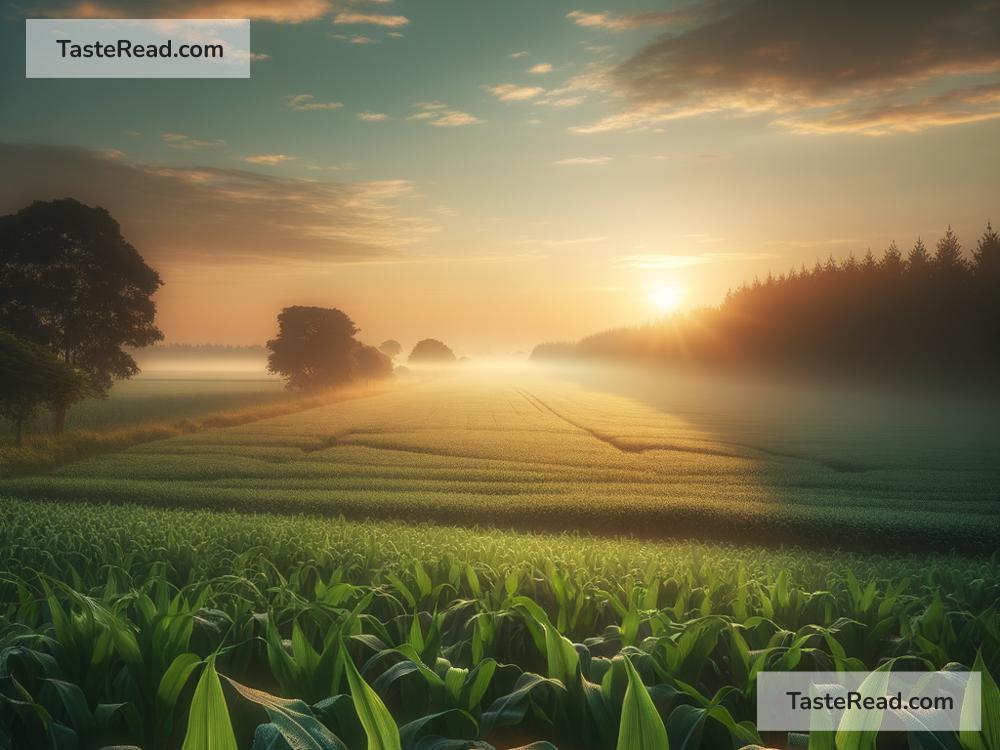Zero-Tillage: A Step Towards Sustainable Farming
In the journey toward sustainable farming, zero-tillage, also known as no-till farming, has emerged as a superhero. It’s a method that could potentially revolutionize how we approach agriculture, promising a myriad of benefits for the environment, farmers, and society at large. But what exactly is zero-tillage, and why is it gathering so much attention? Let’s dive into this farming practice and explore its benefits.
What is Zero-Tillage?
Imagine farmers planting seeds without turning the soil over. That’s zero-tillage in a nutshell. Unlike traditional farming, which involves plowing the land before sowing seeds, zero-tillage lets the soil stay intact. This might sound simple, but it’s a significant shift from how farming has been done for centuries.
Why is Zero-Tillage Important?
-
Saves Time and Money: Zero-tillage cuts down on the need for heavy machinery to plow the fields, meaning farmers spend less on fuel and equipment maintenance. Also, since there’s less work involved, farmers can dedicate their time to other important tasks, making their operations more efficient and less costly.
-
Soil Health: This is where zero-tillage truly shines. By not disturbing the soil, the natural structure and nutrients of the soil are preserved. This leads to healthier soils that can hold more water and support a diverse range of organisms, from tiny bacteria to helpful worms. Healthy soil equals healthy plants.
-
Water Conservation: With the structure of the soil maintained, zero-tillage fields can absorb and retain water much better. This is crucial in areas prone to drought where water conservation is a top priority. By improving water efficiency, this method supports crops even in challenging conditions.
-
Carbon Sequestration: Here’s a win-win for agriculture and the planet. The soil is a natural carbon sink, absorbing carbon dioxide from the atmosphere. Zero-tillage helps increase the amount of carbon stored in the soil, contributing to efforts to combat climate change. It’s like farming with a green thumb for the environment!
-
Reduced Erosion: Without plowing, the soil is less exposed and vulnerable to being washed away by rain or blown away by wind. This means less soil erosion and degradation, preserving valuable topsoil and keeping our waterways cleaner.
-
Biodiversity Boost: Keeping the soil undisturbed encourages a bustling ecosystem below the surface. This diversity in soil life not only enhances soil health and fertility but can also help control pests naturally. Above the ground, cover crops often used in zero-tillage systems can provide habitats for beneficial insects and wildlife.
Are There Any Challenges?
While the benefits are clear, it’s important to acknowledge that transitioning to zero-tillage might not be easy for all farmers. It requires a change in mindset, new equipment, and sometimes, a leap of faith. There’s also a learning curve as farmers adjust to new planting techniques and manage weeds differently, often relying more on cover crops and less on herbicides.
The Future of Farming?
It seems that zero-tillage holds a key to more sustainable farming practices. Its benefits extend from the individual farmer to the global community, offering a way to produce food efficiently while caring for the earth. As awareness and understanding of zero-tillage grow, so too does its adoption across the globe. This practice might not be the sole answer to all agricultural challenges, but it’s a significant step in the right direction towards harmonizing our food systems with nature.
In conclusion, zero-tillage crops present a promising shift towards more sustainable and efficient farming methods. By embracing this approach, farmers are not only able to reduce their costs and labor but also contribute positively to environmental conservation and sustainability. As we continue to face global challenges like climate change and food security, innovative practices like zero-tillage could play a crucial role in shaping a more resilient and sustainable agricultural sector. With every seed planted without turning the soil, we move one step closer to a greener, more sustainable future for farming.


